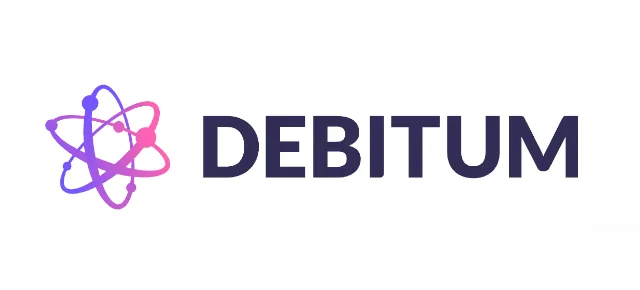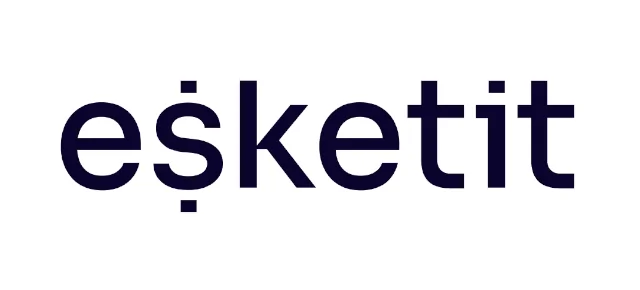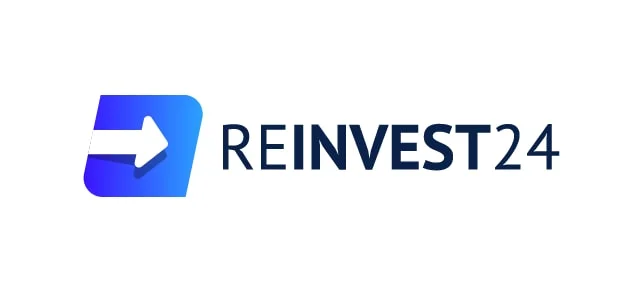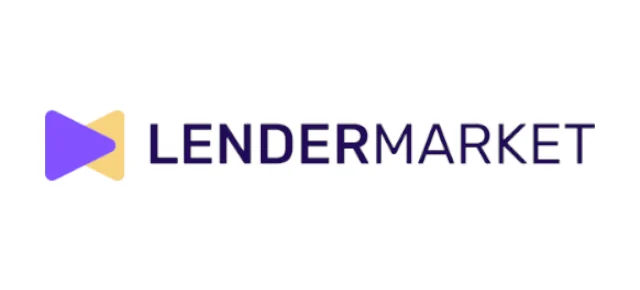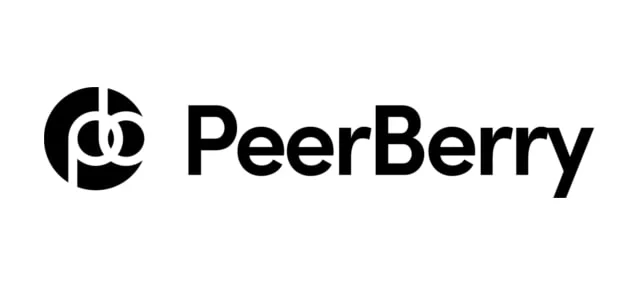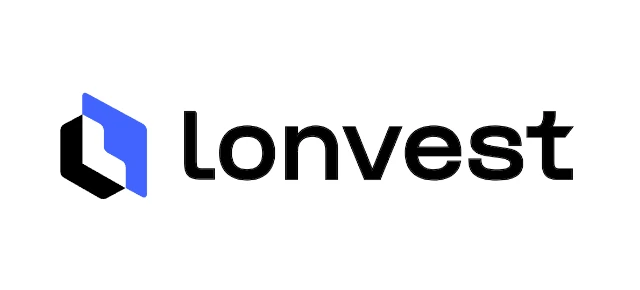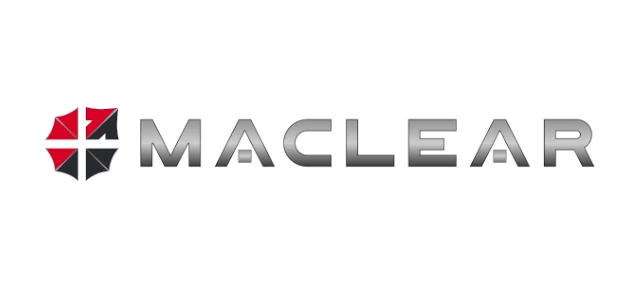10 Best Crowdlending Platforms in Europe – 2023
Are you looking for an alternative and innovative way to grow your money? Crowdlending platforms in Europe offer investors a great way to diversify their portfolios, with the potential to earn higher returns than traditional investments.
This list of the best crowdlending platforms in Europe will provide you with the information you need to get started. With the right platform, you’ll have the potential to build a successful portfolio and start generating passive income.
Avg. return:
~15.57%
Available:
Europe
Launched:
2022
Minimum:
€10
Auto-invest:
Yes
Sec. market:
No
Protection:
Buyback
Bonus:
+0.5%
Or see our:
Hive5 review
Avg. return:
~12.50%
Available:
Worldwide
Launched:
2018
Minimum:
€10
Auto-invest:
Yes
Sec. market:
Yes
Protection:
Buyback
Bonus:
+ 1%
Or see our:
Debitum Network review
Avg. return:
~13.35%
Available:
Europe
Launched:
2020
Minimum:
€10
Auto-invest:
Yes
Sec. market:
Yes
Protection:
Buyback
Bonus:
+1%
Or see our:
Esketit review
Avg. return:
~14.80%
Available:
Worldwide
Launched:
2018
Minimum:
€100
Auto-invest:
No
Sec. market:
Yes
Protection:
Mortgage
Bonus:
No
Or see our:
ReInvest24 review
Avg. return:
~13.80%
Available:
Most places
Launched:
2019
Minimum:
€10
Auto-invest:
Yes
Sec. market:
No
Protection:
Buyback
Bonus:
No
Or see our:
Lendermarket review
Avg. return:
~10.91%
Available:
Europe
Launched:
2017
Minimum:
€10
Auto-invest:
Yes
Sec. market:
No
Protection:
Buyback
Bonus:
0-1%
Or see our:
PeerBerry review
Avg. return:
~13.54%
Available:
Europe
Launched:
2023
Minimum:
€10
Auto-invest:
Yes
Sec. market:
No
Protection:
Buyback
Bonus:
+1%
Or see our:
Lonvest review
Avg. return:
~14.60%
Available:
Europe
Launched:
2023
Minimum:
€50
Auto-invest:
No
Sec. market:
No
Protection:
Multiple
Bonus:
+1.5%
Or see our:
Maclear review
FAQ about crowdlending platforms
What is crowdlending and how does it work?
Crowdlending (also known as Peer-to-Peer lending) is a form of online lending that connects borrowers with multiple investors who provide the funding they need. The borrowers may be individuals, companies, or other entities.
Crowdlending is an alternative to traditional or bank-originated loans, as it allows borrowers to access financing quickly and without a credit check or collateral. The investors can be individuals or institutions, and the loan is paid back to them with interest.
Unlike traditional bank loans, crowdlending is more efficient and cost-effective for both borrowers and investors. For borrowers, interest rates and repayment terms are more flexible, and the application process is much simpler. For investors, crowdlending offers the potential to earn higher returns than those offered by traditional lending sources, while also minimizing their risk by investing in a diversified portfolio of loans.
Overall, crowdlending is an attractive option for both borrowers and investors, as it offers a more efficient and cost-effective way to access and provide capital.
Crowdlending vs crowdfunding
Crowdlending and crowdfunding platforms are two different types of platforms that use the internet to connect people who want to raise money with people who are willing to lend it. While the two platforms may seem similar, they have key differences.
Crowdlending platforms are used mainly for loans, while crowdfunding platforms are used mainly for investments. The risk and return of each platform vary, so investors should carefully consider their options before deciding which platform to use.
Crowdlending platforms allow individuals to lend money to other individuals or businesses in exchange for interest payments. These platforms are usually used for business or personal loans, rather than equity investments. The money is generally lent in the form of a loan and must be repaid with interest. Investors typically receive a fixed rate of return and the risk is usually lower than in other types of investments.
Crowdfunding platforms, on the other hand, are usually used for equity investments rather than loans. Investors typically receive a share of the profits or equity in the company. The risk is typically higher than with crowdlending platforms, and investors may not receive a return if the company fails.
There are many different types of crowdfunding platforms. Apart from equity crowdfunding, some are also used for individuals to donate money to a cause, project, or business in exchange for a reward or service. This can be done on platforms like Kickstarter.
Risks of crowdlending platforms in Europe
The risks of crowdlending through European platforms are similar to the risks associated with any other type of investing. These include the potential for default, liquidity risks, and interest rate risks. The best crowdlending platforms in Europe have taken steps to minimize these risks for investors. Here are some of the risks you should consider before investing in a crowdlending platform:
- Credit risk: As with any lending investment, the biggest risk is that borrowers will not pay back their loans. Crowdlending platforms have a variety of systems in place to evaluate the creditworthiness of borrowers, but there’s still a chance that one or more of the loans you invest in could default.
- Liquidity risk: Crowdlending investments are not as liquid as stocks and bonds, as it can take some time to find buyers for the loans. This is especially true for longer-term loans.
- Platform risk: As with any online platform, there’s always the risk that the platform itself could fail. This can be mitigated by investing in multiple platforms and ensuring that the platforms have a robust infrastructure in place.
- Regulatory Risk: Crowdlending is still a relatively new industry and the regulatory environment is still in flux. Investing in crowdlending platforms in Europe is subject to the laws and regulations of each country, so investors should be aware of the potential risks.
- Interest rate risk: Interest rates can fluctuate, and this could impact the returns of crowdlending investments. Crowdlending platforms tend to offer fixed-rate loans, so the interest rate risk is somewhat limited.
- Technology risk: Technology is the backbone of any crowdlending platform, and there is always the risk that technology could fail or be hacked. Platforms need to have robust security systems in place to protect investors’ data and investments.
How to choose a crowdlending platform
When selecting a crowdlending platform in Europe, investors should consider several key factors.
Investors should look for P2P lending sites that have a long track record of successful investment and a good reputation. You should check the platform’s fees and return rates to ensure they are competitive. The crowdlending platform should offer a wide range of investment opportunities and provide a secure and user-friendly platform.
By considering these key factors, you can make an informed decision and choose the best crowdlending platform in Europe for your needs.

Best crowdlending platforms in Europe
Avg. return:
~15.57%
Available:
Europe
Launched:
2022
Minimum:
€10
Auto-invest:
Yes
Sec. market:
No
Protection:
Buyback
Bonus:
+0.5%
Or see our:
Hive5 review
Avg. return:
~12.50%
Available:
Worldwide
Launched:
2018
Minimum:
€10
Auto-invest:
Yes
Sec. market:
Yes
Protection:
Buyback
Bonus:
+ 1%
Or see our:
Debitum Network review
Avg. return:
~13.35%
Available:
Europe
Launched:
2020
Minimum:
€10
Auto-invest:
Yes
Sec. market:
Yes
Protection:
Buyback
Bonus:
+1%
Or see our:
Esketit review
Avg. return:
~14.80%
Available:
Worldwide
Launched:
2018
Minimum:
€100
Auto-invest:
No
Sec. market:
Yes
Protection:
Mortgage
Bonus:
No
Or see our:
ReInvest24 review
Avg. return:
~13.80%
Available:
Most places
Launched:
2019
Minimum:
€10
Auto-invest:
Yes
Sec. market:
No
Protection:
Buyback
Bonus:
No
Or see our:
Lendermarket review
Tips for investing in European crowdlending platforms
- Investigate the platform: Before investing in any crowdlending platform, it is important to do your research and make sure you understand the platform’s features, terms, and conditions. This includes looking into the platform’s track record, loan criteria, repayment terms, and fees.
- Check the loan originator’s background: It is essential to verify the background and experience of the loan originator. This includes looking into their history with issuing loans and managing collections.
- Diversify your portfolio: Diversifying your portfolio is important, no matter the type of investment. This includes spreading your investments across different loan originators and borrowers to minimize risk.
- Monitor your investments: It is important to stay up to date on the performance of your investments. This includes checking in on the repayment status of your loans on a regular basis.
- Consider automating your investments: Automating your investments can help you save time and reduce the risk of human error. Many platforms offer automated investment options such as auto-investing, which allows you to set up a portfolio of investments and have the platform do the work for you.
- Understand the taxes: Investing in crowdlending can have implications for your taxes, so it is important to understand the implications before investing.
- Compare crowdlending platforms: Comparing different crowdlending platforms in Europe is a great way to find the one that best suits your needs. This includes comparing fees, loan criteria, user reviews on Trustpilot, and more.
- Stay up to date on regulations: Crowdlending regulations can change over time, so it is important to stay up to date on the latest regulations. This includes looking into any new laws that may affect the platform you are investing in.
- Research the borrowers: Researching the borrowers is essential for understanding the risk of investing in each loan. This includes looking into the borrower’s credit history, employment history, and more.
- Set realistic expectations: Crowdlending is not a get-rich-quick scheme and it is important to set realistic expectations when investing. This includes understanding that there is a risk of default and that losses are possible.


